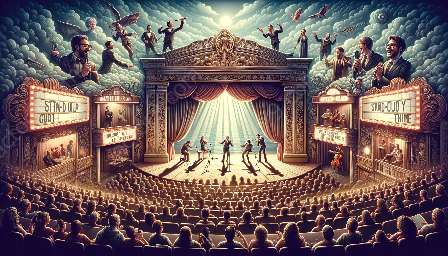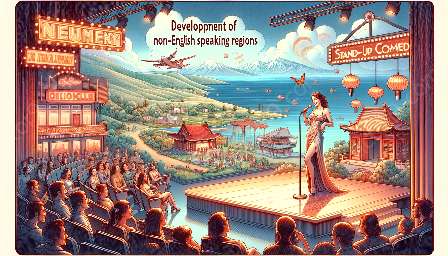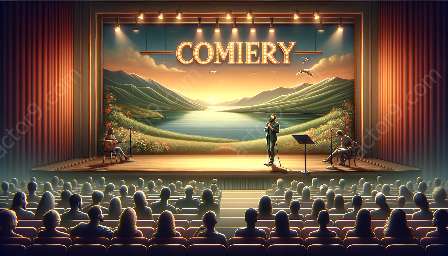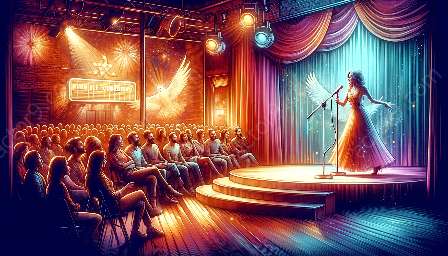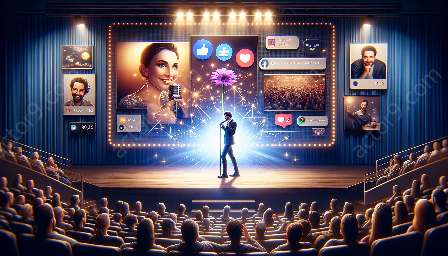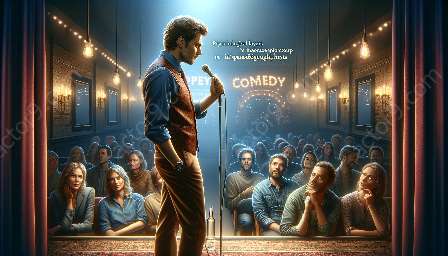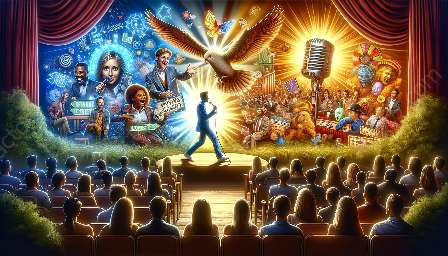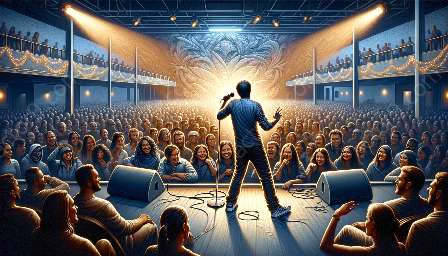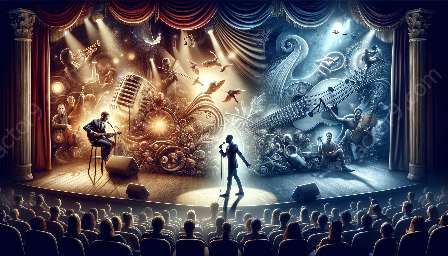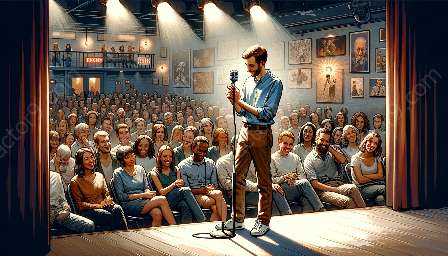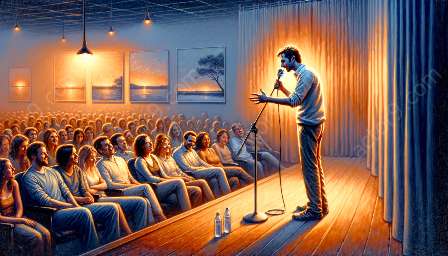Humor perception plays a significant role in the art of stand-up comedy, setting it apart from other forms of comedy. In this comprehensive exploration, we delve into the unique characteristics and appeal of stand-up comedy in comparison to other comedic forms.
The Role of Humor in Stand-Up Comedy
Stand-up comedy relies heavily on humor to engage and entertain audiences. The primary goal of stand-up comedians is to elicit genuine laughter from their audience through the delivery of jokes, anecdotes, and special comedic techniques. Humor in stand-up comedy often revolves around observational humor, social commentary, personal experiences, and storytelling. The raw and unscripted nature of stand-up comedy allows for a direct and intimate connection with the audience, making humor a crucial element in delivering a successful performance.
Understanding Stand-Up Comedy
Stand-up comedy is a form of comedic performance in which a solo performer stands on stage, often with only a microphone, and delivers a series of humorous monologues. Unlike other comedic forms such as sitcoms, sketch comedy, and improv, stand-up comedy is characterized by its unfiltered and unscripted nature. The spontaneity and improvisational skills of stand-up comedians contribute to the unique and dynamic nature of stand-up comedy performances.
Key Differences in Humor Perception
1. Direct Audience Interaction: One of the key differences in humor perception between stand-up comedy and other forms is the direct interaction with the audience. Stand-up comedians often engage in witty banter, audience participation, and improvised responses, creating a personalized and interactive comedic experience.
2. Monologue vs. Ensemble: Unlike ensemble-based comedic forms, stand-up comedy relies on one performer's ability to carry the entire performance. This places a greater emphasis on the comedian's individual style, delivery, and comedic timing.
3. Raw and Unfiltered Content: Stand-up comedy delves into unfiltered and often controversial topics, pushing boundaries and challenging societal norms. This raw approach to humor requires a keen understanding of the audience's perception and reaction to edgier material, setting it apart from other comedic forms.
The Appeal of Stand-Up Comedy
Stand-up comedy's unique appeal lies in its ability to offer a live and unscripted experience that is both intimate and relatable. The direct engagement with the audience, coupled with the authenticity and vulnerability of the performer, creates a captivating and immersive comedic journey.
In conclusion, the differences in humor perception between stand-up comedy and other forms of comedy stem from the distinct nature of stand-up performances, the direct audience interaction, and the unfiltered content. The role of humor in stand-up comedy is pivotal, shaping the dynamic and engaging nature of this comedic art form.


